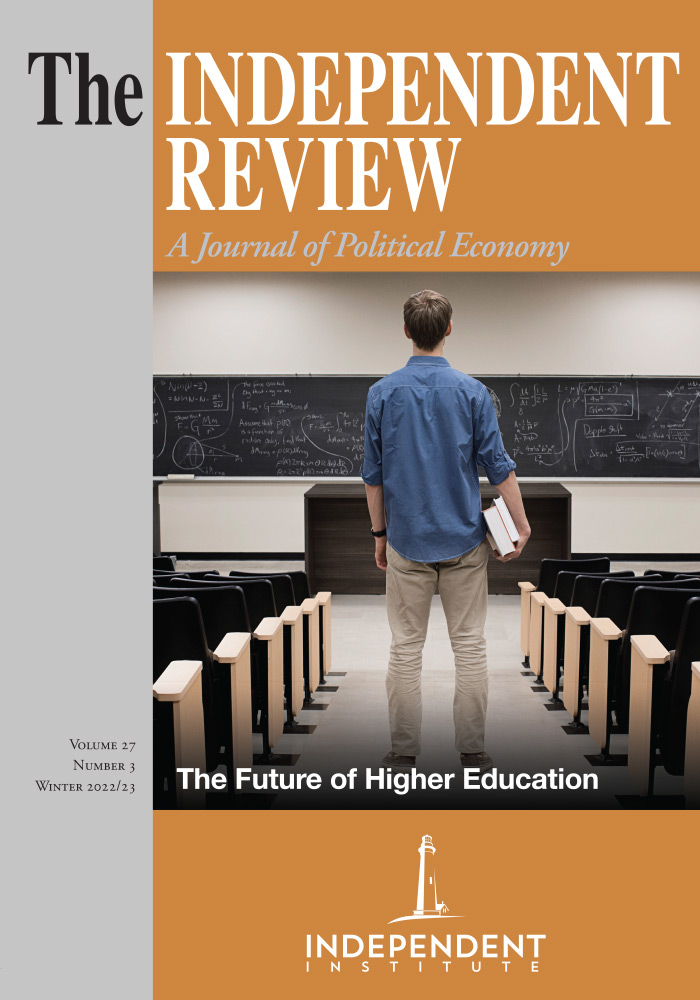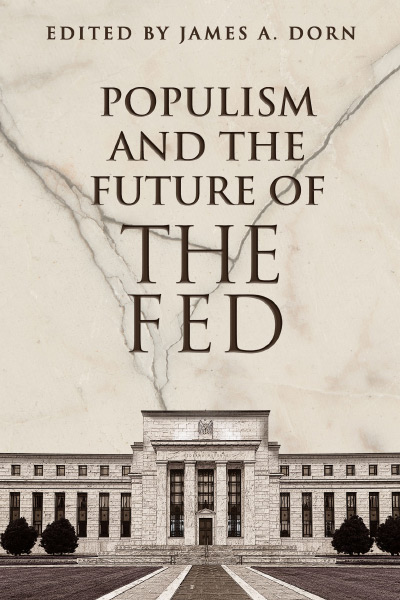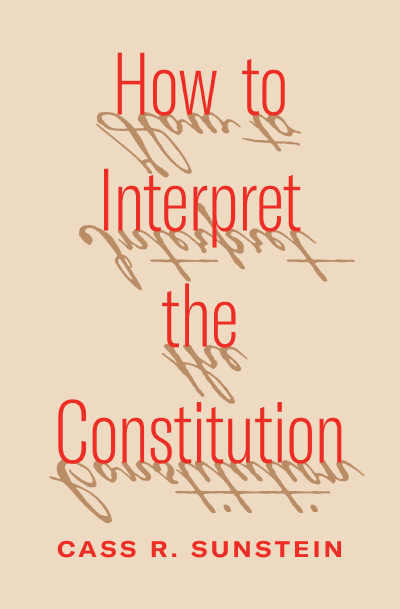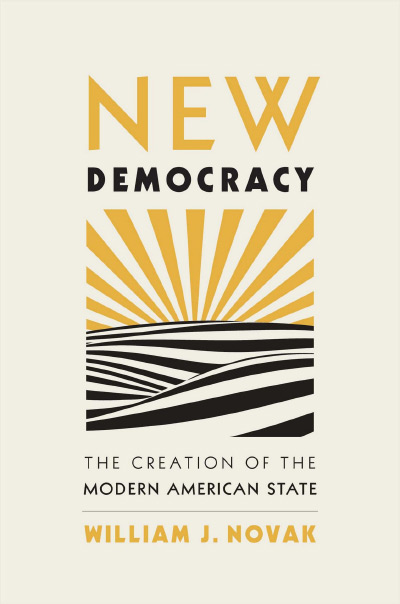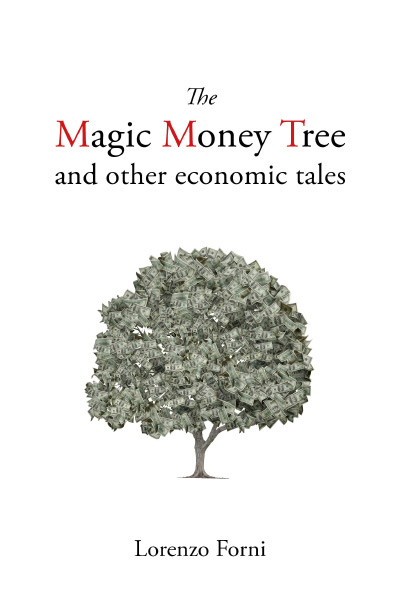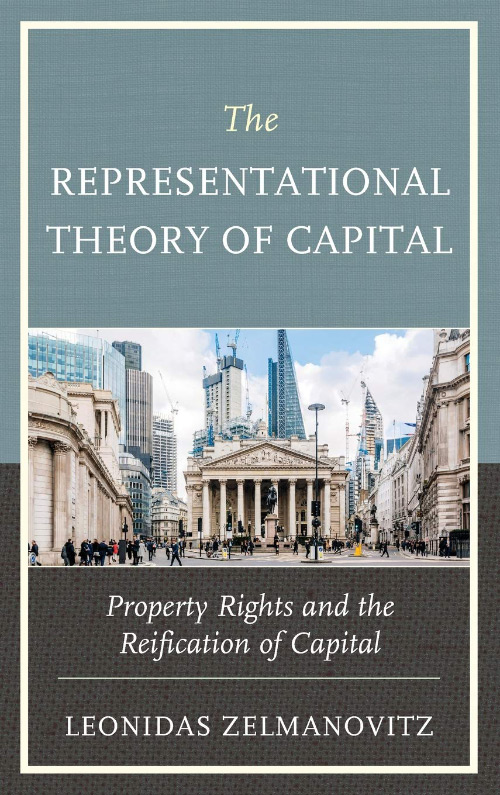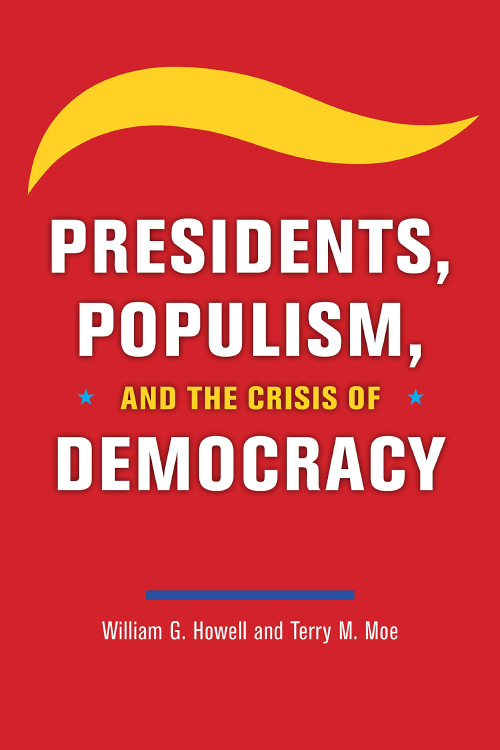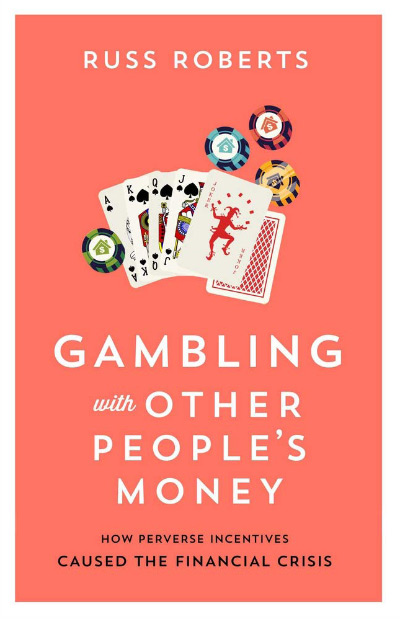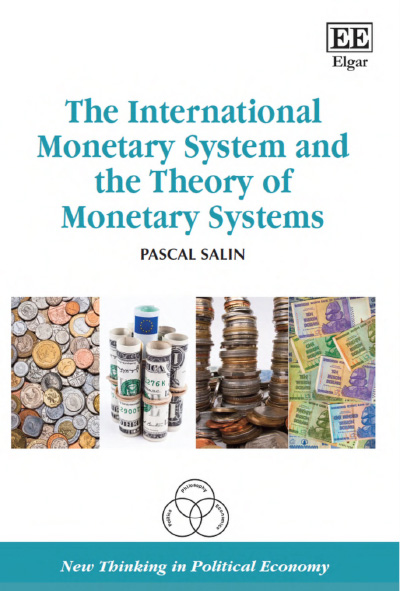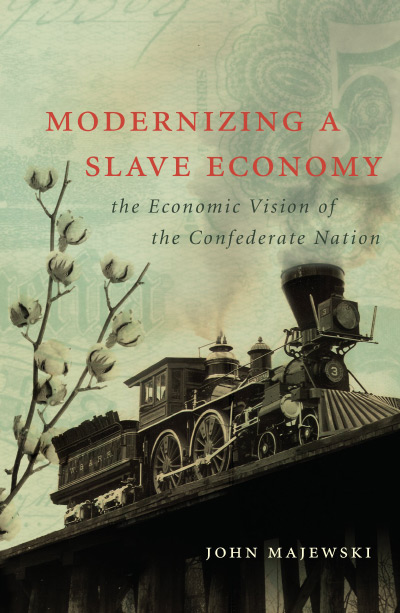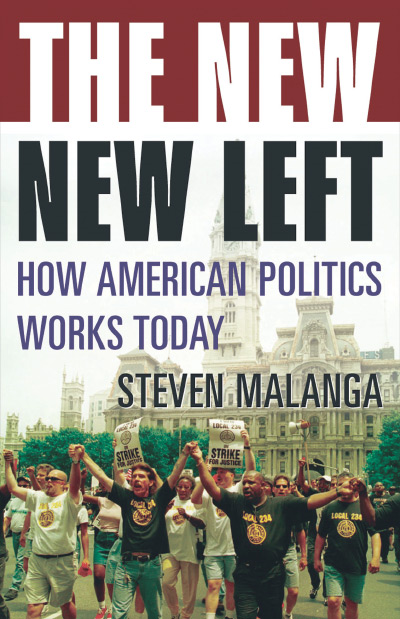Populism has deep roots in the history and collective unconscious of the American people. The first major post-independence political rivalry between Thomas Jefferson and John Adams unfolded in the wake of the people vs. establishment dynamic that is now considered a central feature of populism. Jeffersonians castigated the Federalists as usurpers of the republic, eager to establish a monarchy in the New World. Drawing on the Jeffersonian legacy, Andrew Jackson made the Second Bank of the United States the target of populist fury, imploding the idea of a central bank for nearly seventy years. Ironically, the populist wave of the late nineteenth and early twentieth centuries produced the political conditions for the Federal Reserve to be created by the federal government as an instrument to prevent financial panics and ensure price stability. In this way, it pleased both the urban class, who did not want to lose money on the stock market, and farmers, who tried to end an era of deflation in the price of commodities. The Fed managed to maintain a surprisingly low profile for the next several decades until the Great Recession put the institution in the eye of the storm. This book is about that Fed that had to deal with the shocks caused by the 2008 credit industry collapse and the COVID-19 pandemic.
The book's purpose is to offer accessible essays on the role of the Federal Reserve during a time of rising populism and economic instability, under the general assumption that monetary policy, in general, and central banks, in particular, are not isolated from society's socio-economic forces, decisions are not taken in a vacuum; they obey the logic of politics and, therefore, of the power relations between different economic groups and their interests. Monetary authorities often adopt or reject a particular policy according to the pressures they experience from certain sectors that have leverage over them.
Divided in four parts, the book starts with a set of essays dealing with the political dimension of the relationship between populism and the Fed. Rajhuram Rajan begins briefly explaining the various problems arising from the relationship between the Fed and market agents, especially the dependence that has developed between them. One of the main problems with this dependence is that as Fed actions become predictable from the point of view of market agents, their effectiveness drops significantly. Barry Eichengreen demonstrates the conflicting relationship between the idea of an independent central bank and the demands of populism. Exploring the distributional consequences of monetary policy, i.e., the unequal effects that monetary policy choices have on different social groups, Eichengreen points out that a loose monetary policy increases the group's earnings at the top of the economic pyramid, thus leading to an increase in economic inequality. According to him, there is a correlation between the increase in socio-political volatility and economic disparities. Charles Goodhart and Rosa Maria Lastra write about the paradoxical nature of the moment we live in, in which, on the one hand, central banks used loose monetary policy to reduce the effects of the pandemic on the economy and stimulate recovery, and on the other, the growing threat of inflation provoked by the same monetary policy. The paradoxical relationship leads to risky choices between keeping monetary policy as it is or fighting inflation and risking an economic shock. In the background is the expansion of the mandate of central banks.
In the essay that I believe to be the most interesting in the book, Carola Binder explores a potential fusion between central banks and populism based on the concept of technopopulism, that is, the resolution of political disputes provoked by the rise of populism through the construction of a technocracy. Binder points out that central banks are undergoing a process of transformation in how they interact with public opinion, placing themselves at the center of the political debate as potential instruments in implementing the most diverse public policies. The consequence is that central banks begin behaving more like political agents, demanding an increasing range of powers beyond those they already possess. Christina Parajon Skinner follows the same line developed by Binder and shows how different groups seek to use the central bank to obtain political gains. Robert Hockett argues for more significant government intervention to get the financial sector in order. James Dorn makes a case for a rule-driven monetary policy that diminishes central bank discretion, thereby reducing gains from political pressures to shape monetary policy.
The book's second part deals with the question of fiscal dominance and the new situation brought about by the inflationary wave. John Cochrane seeks to explain the relationship between monetary policy and market agents' expectations regarding inflation control. In doing so, he answers one of the questions that most intrigue scholars of inflation: why did the monetary expansion that began after the Great Recession not lead to an increase in inflation? Cochrane believes inflation had so far been avoidable because the debt had not grown enough that people were concerned that the government would fail to meet its debt payments. The new wave of monetary expansion that began in 2020 was accompanied by an increase in people's expectations that, sooner or later, the government would be forced to control its expenditures. Cochrane argues that the best way to deal with the problems caused by loose monetary policy is a supply shock through massive gains in productivity. For this to occur, a process of liberalization of the economy is necessary. Fernando Martin offers a very didactic explanation of the correlation between fiscal and monetary policy, presenting a brief but comprehensive diagnosis of the hijacking of monetary policy by the government's budgetary needs. He closes by showing how the Fed's credibility is at risk from high inflation. In a similar vein to that proposed by Martin, Mark Sobel rings the bell concerning the apparent inability of the American political class to discipline fiscal policy in the foreseeable future, which may result in the Fed being used as a scapegoat for the failure of the politicians to fulfill their responsibility. David Beckworth offers his readers an introduction to the New Quantitative Theory and how it can help to understand the issue of fiscal dominance in U.S. monetary policy in the long run.
The book's third part discusses the extension of the Fed's mandate. Otmar Issing warns that the independence of a monetary authority is closely linked to the specificity of its duties; the wider the range of problems a central bank has to deal with, the less able it will be to act independently. Karen Petrou advocates that the Fed subordinate monetary policy to an "equality-focused monetary policy," a fight against socio-economic inequalities, while suggesting greater political control over the central bank. Scott Sumner believes that Congress should clarify the Fed's mandate to reduce the politicization of monetary policy and that the scope of the mandate should not be expanded. Finally, Charles Plosser believes that the absence of a quantitative dimension in how the Fed guides its policy undermines its legitimacy and advocates a change in strategy.
The fourth part of the book deals with, to use Frances Coppola's words, "central bank financing of government spending" (p. 250). Through the essays by Coppola, William Nelson, and Kevin Dowd, we understand the subordination of monetary policy to the interests of politicians who refuse fiscal discipline in favor of what Peter Drucker called the "magic economy"—the numbing suspension of logic in the management of the economy. Dowd presents us with perhaps the most straightforward refutation of one of the main myths of the political left: Modern Monetary Theory. It is challenging to finish the chapter written by Dowd without concluding that MMT is neither theory nor modern; it is just a futile attempt to sell wishful thinking with the veneer of academicism.
Given the wide variety of topics covered by the essays in the book, it seems to me surprising that no author has sought to analyze the power networks of which the Fed is a part. Deep down, we can sum up the tense relationship between populism and the Fed in a struggle over who should have power, in whose favor it should be exercised, and by whom. It seems to me that this subject was ignored even though it deserves an analysis. It is essential to know where and how Fed staff are recruited, what values they hold, and how they fulfill their mission. Fundamentally, policies are shaped by the perception that an organization's bureaucracy has of how the task given to it by legislators should be carried out. Furthermore, this perception changes as time passes and events unfold, substantially altering the organization's exercise of power without a single piece of legislation being changed by Congress. As Jeffrey Chwieroth (2010, Capital Ideas: The IMF and the Rise of Financial Liberalization, Princeton, N.J.: Princeton University Press) has shown in his study of the International Monetary Fund, changes in the way the bureaucracy interprets its mission are responsible for significant changes in how policies are implemented.
The above reflection leads me to what I believe to be the book's main omission, its Achilles’ heel: at no point are the populists' arguments about the Fed evaluated considering what is known about the organization's history and functioning. At the end of the reading, we can point out different problems with how the Fed has been handling monetary policy and the dangers that lie ahead, but we don't know what the populists propose, we can only assume that whatever is wrong with the way the Fed has been working is because it has succumbed to populist temptation.
Overall, the book suffers from the ills common to collections of essays written by different authors, with the quality and accessibility varying significantly. A reader not well versed in the monetary policy debate may find it difficult to follow the argument presented by some authors, especially in the more technical sessions. The book's first part stands out for raising more clearly the tensions between populism and central banks; hence, it may be more beneficial for the lay reader. Finally, anyone with a reasonable knowledge of monetary policy will certainly find interesting observations about the present and future of the academic debate regarding the socio-economic role of the Fed.

